What exactly is that device that you can hold in your hand and use to read a book, surf the web, and send an email or text message? Industry analysis firm IDC is beginning to make a distinction between a tablet PC that uses an x86 processor and a full-blow operating system and a tablet device that incorporates an ARM-type chip and a mobile operating system.
Using that distinction, the iPad from Apple, Inc. is a tablet device, as is the rumored Slate tablet from Hewlett-Packard Company which will (reportedly) use the WebOS operating system developed by Palm. Dell is readying a device that uses the Android mobile operating system from Google, and, not to be left out, Research in Motion is prepping a tablet device that will be tethered to a BlackBerry phone running RIM’s proprietary operating system. Amazon’s Kindle is neither, and could face some tough sledding ahead.
One name conspicuous by its absence is Microsoft, which has had only spotty success getting its mobile version of Windows into the tablet market. The company is scheduled to release later this year a product called Windows Phone 7, a new version of Windows for mobile devices.
The distinction IDC is making between tablet PCs and tablet devices goes to the heart of the coming market wars between full-featured desktops and laptops, and smartphones. Which market is going to feel the greater impact from tablets?
Read More after the break.
So far, with only the iPad making any significant sales, there is really no way to make a prediction because the iPad doesn’t really compete with smartphones because it can’t make phone calls. It doesn’t really compete with PCs either because it can run only one application at a time. It is in a class of its own, much like the iPhone was at its launch.
The difference is that the iPhone was a superior phone. It was immediately obvious that the iPhone was not only different, but also better.
The iPad is not a phone and not a computer. The million or so iPads sold so far is an impressive feat. But depending on which forecast you believe, Apple will sell between four and ten million iPads in 2010. The low end of that range is right about where the iPhone ended up in its first year of sales, although it launched in June whereas the iPad launched in April.
A recent survey by Boston Consulting Group may offer some pointers about where the tablets are headed. BCG surveyed 13,000 consumers around the world and more than a quarter said they plan to purchase an e-reader or a tablet within a year. That number doubles to half when respondents were familiar with tablets or e-readers.
Some 66% of respondents want a multi-function device, while only 24% want a dedicated e-reader like the Kindle. Here’s the catch: US consumers are only willing to pay as much as $200 for the multi-function device. Apple’s lowest priced iPad now costs $499.
Another interesting result of the BCG survey is that consumers are willing to pay about the same amount for a single copy of an online magazine as they pay for a hardcopy. Consumers are also willing to pay $5-$10/month for a newspaper subscription. That’s decent news for periodical publishers.
Book publishers, though, really get smacked. Consumers are willing to pay just $5-$10 for a digital book. At those prices, book publishers cannot make money. That doesn’t bode well for Amazon, which has been trying to persuade book publishers to keep prices low — and losing the argument.
The largest question the tablet makers face is whether or not the new tablet, PCs or devices, will meet consumer expectations. If buyers think they’re getting a feature-rich PC substitute for about $200, they are going to be disappointed, word will spread, and the market will tank. If, however, expectations are set such that buyers understand that the tablets are limited to certain functions, which they excel at, — and the price is low enough — the satisfied customers will generate more sales.
And once there are tablets from names like H-P and Dell, the competition will work to move prices down and feature lists up. The ultimate winner will be the tablet that delivers beautiful pictures on a low-power, multi-function device that costs less than $200. It’s going to take a while to find out which company that is.
Trackback: 247Wallst

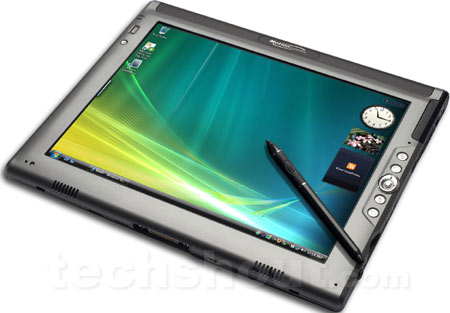
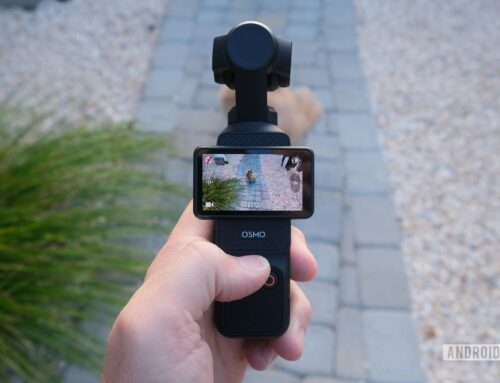
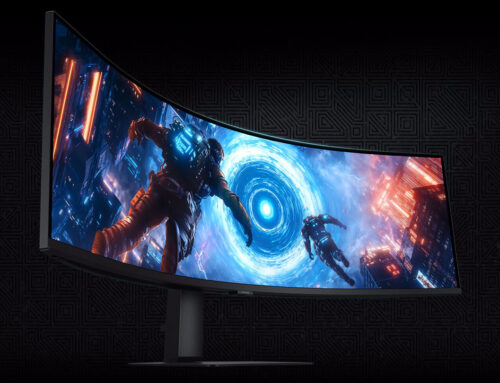

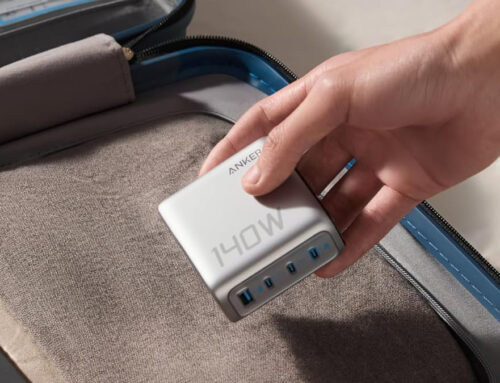
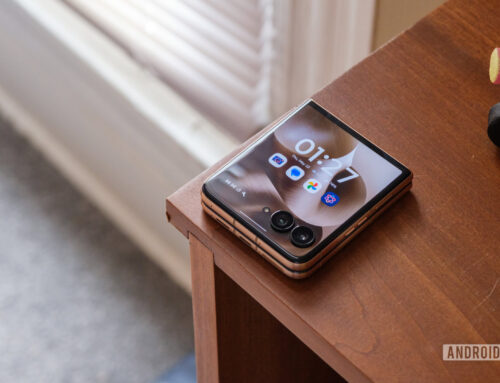
Leave A Comment